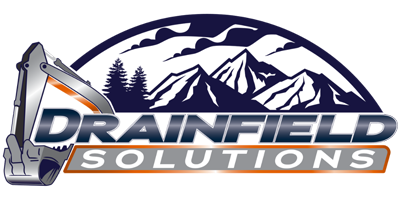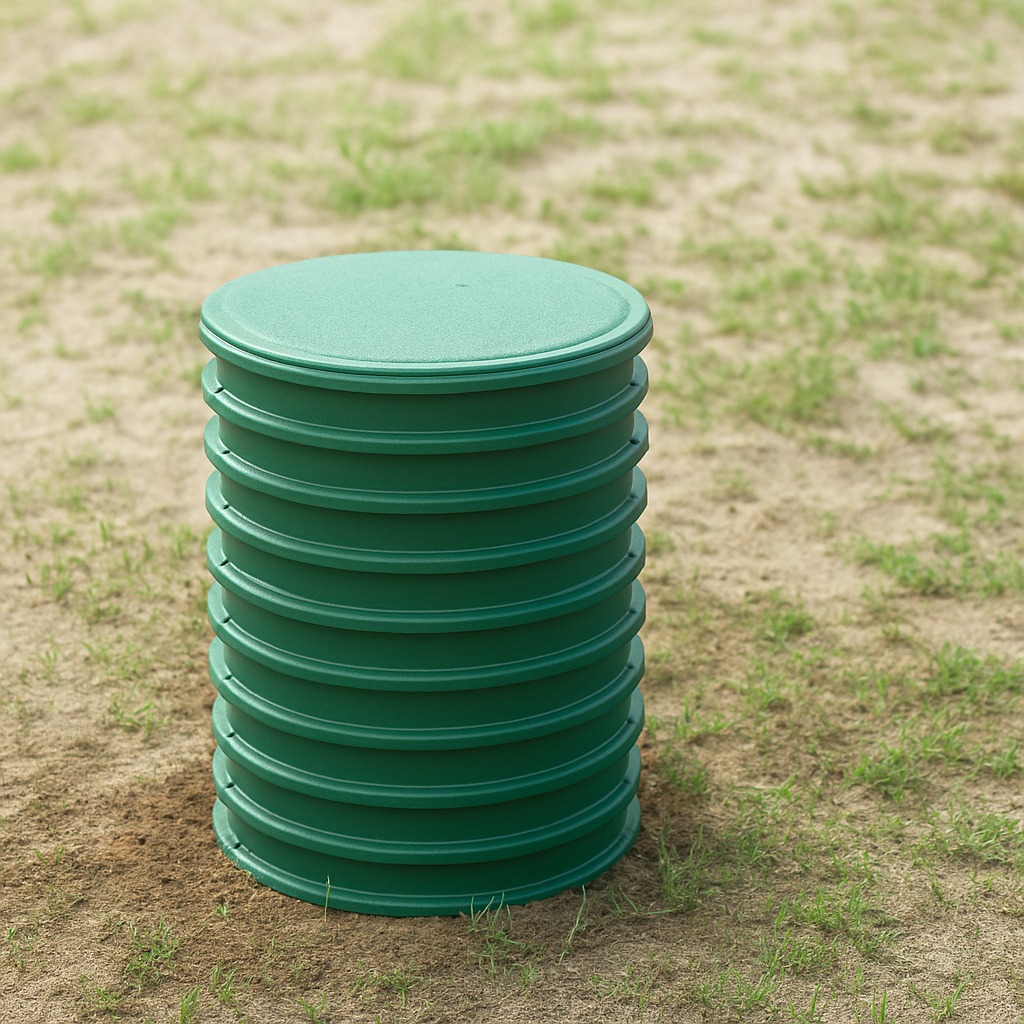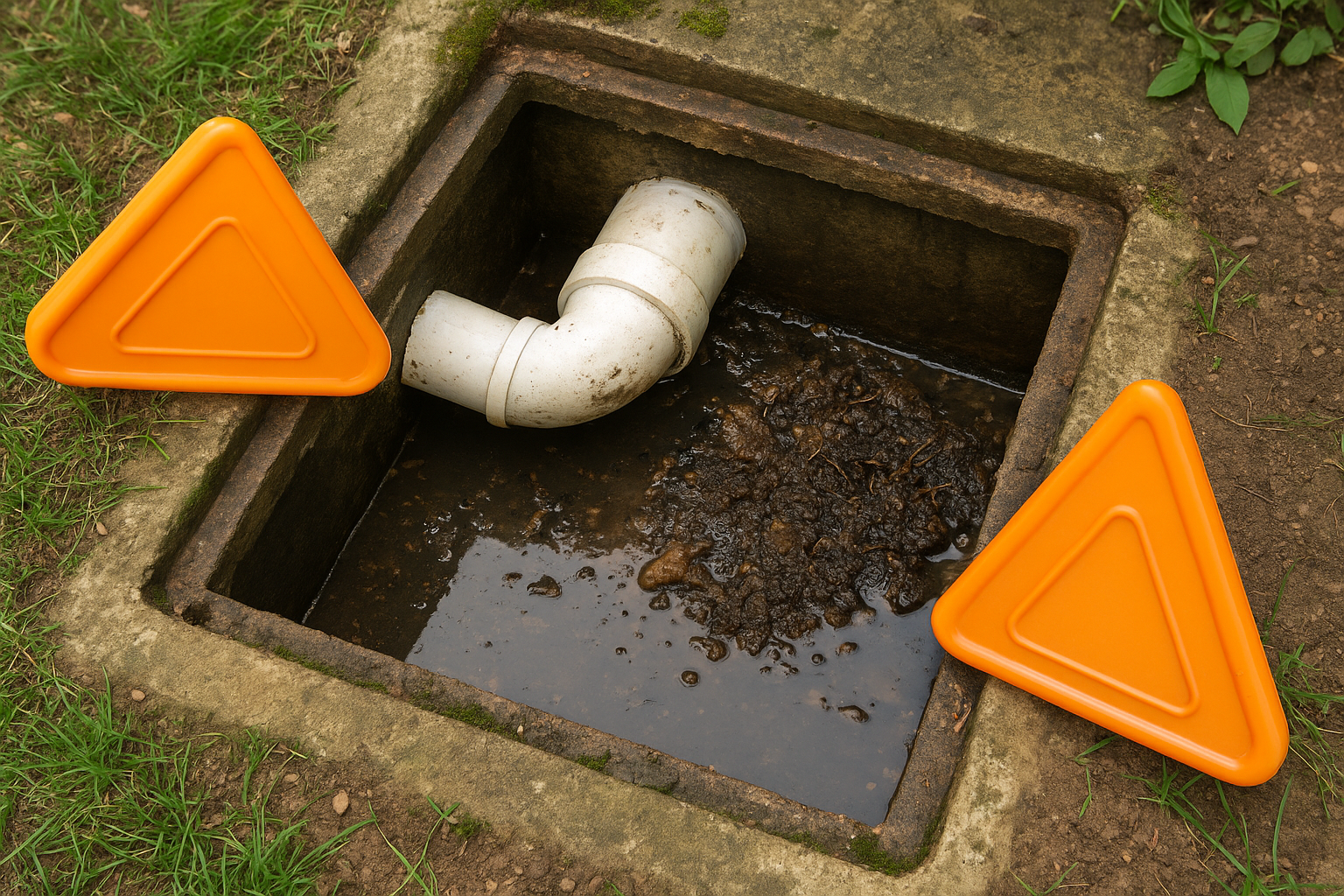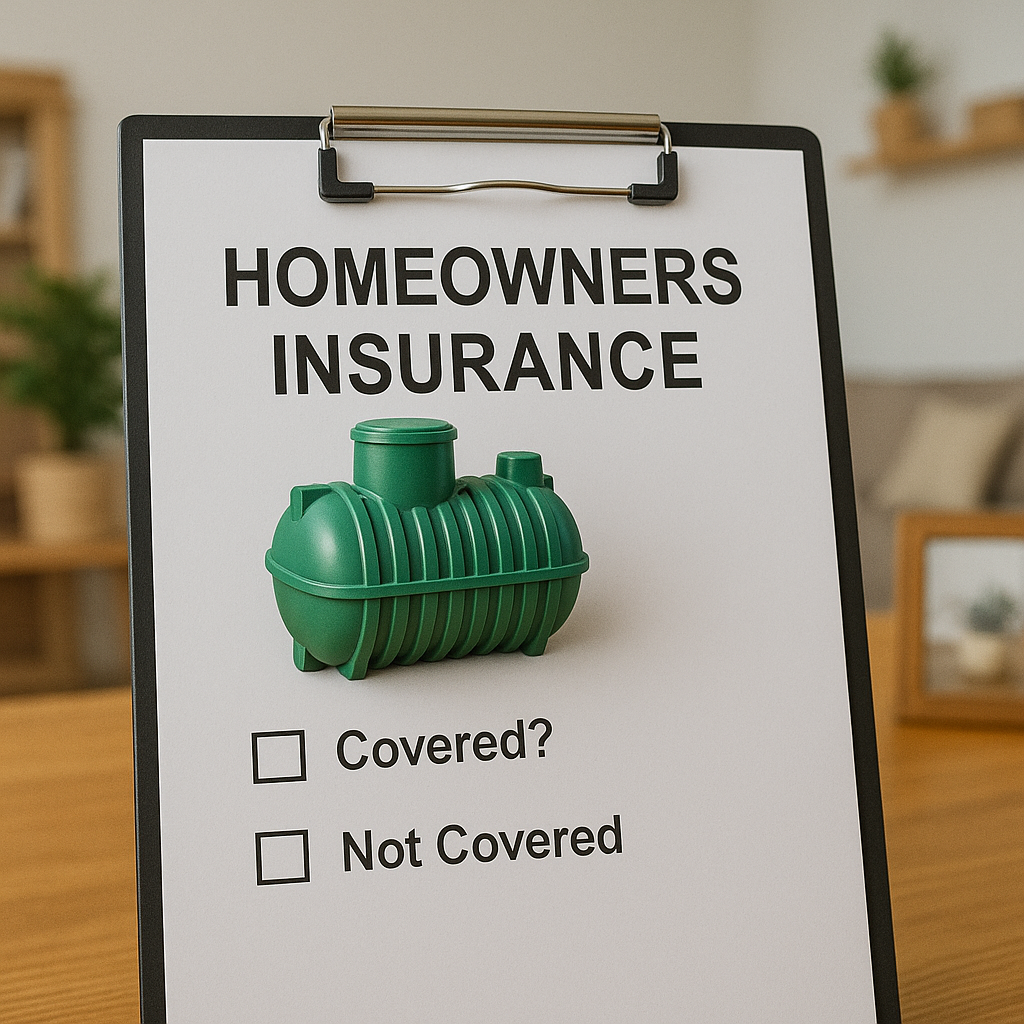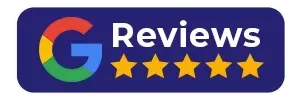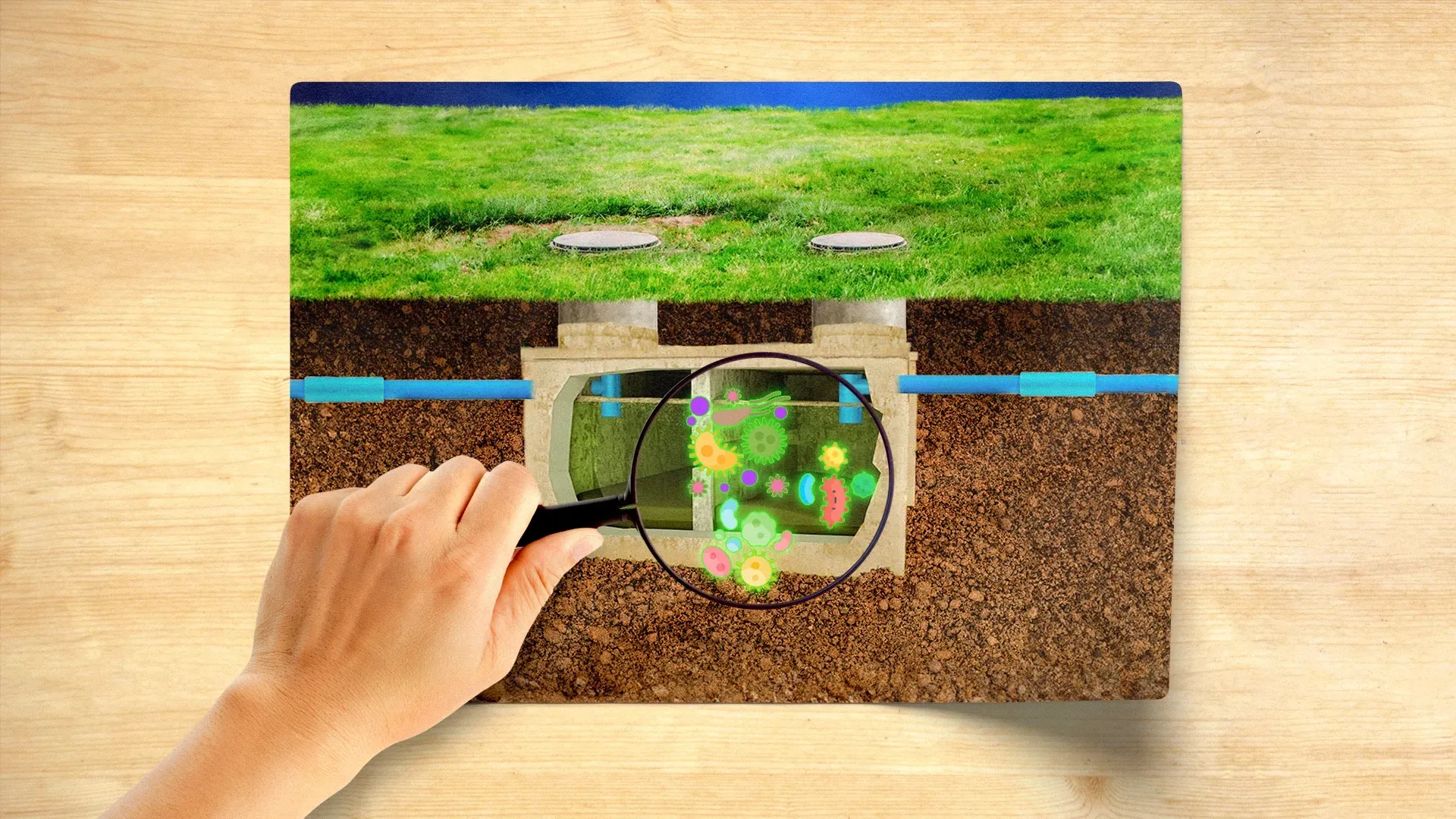
The Role of Bacteria in Drainfield Function: Nature’s Tiny Septic System Powerhouses
December 31, 2024
Let’s talk bacteria—not the kind you avoid with hand sanitizer, but the hardworking, invisible creatures that make your septic system and drainfield function. These microscopic workers are vital for keeping everything running smoothly. Without them, your septic system would grind to a messy halt. Let’s dive into why bacteria are so important and how you can help them do their job.
How Bacteria Work in Your Septic System
Your septic system is a self-contained eco-system, and bacteria are at its heart. Here’s how they help:
- Breaking Down Waste: In the septic tank, bacteria break down solid waste into sludge and gas, leaving behind effluent (liquid wastewater).
- Preventing Overflow: By digesting solids, bacteria reduce the amount of waste entering the drainfield, preventing clogs.
- Filtering Wastewater: In the drainfield, bacteria work in oxygen-rich soil to break down harmful pathogens and nutrients in the effluent.
- Protecting the Environment: These microbes ensure that only clean, safe water returns to the soil and groundwater.
Without bacteria, your septic system can’t properly treat wastewater, leading to backups, clogs, and contamination.
Types of Bacteria in Your System
Not all bacteria are created equal. Your septic system depends on two key types:
- Aerobic Bacteria: Thrive in oxygen-rich environments (like the drainfield). These bacteria are super efficient at breaking down organic material and pathogens.
- Anaerobic Bacteria: Survive without oxygen (like in your septic tank). While less efficient than their aerobic cousins, they’re essential for digesting waste in low-oxygen conditions.
Both types work together to keep your system running efficiently, but they need the right environment to thrive.
What Hurts the Bacteria in Your Drainfield?
While bacteria are resilient, they’re not invincible. Certain actions can harm them and disrupt your septic system. Here’s what to avoid:
- Harsh Chemicals: Bleach, antibacterial soaps, and chemical cleaners kill off good bacteria. Use septic-safe cleaning products to minimize damage.
- Overuse of Water: Flooding your system with excessive water can wash bacteria out of the septic tank before they’ve done their job.
- Non-Biodegradable Waste: Items like wipes, feminine products, and grease clog your system and disrupt bacterial activity.
- Antibiotics and Medications: Flushing these down the drain can harm your septic system’s bacterial balance.
Keeping these harmful substances out of your system allows bacteria to thrive and do their job effectively.
How to Support Healthy Bacteria in Your System
Want to keep your bacteria happy and productive? Follow these simple steps:
- Use Septic-Safe Products: Opt for biodegradable, non-toxic cleaners that won’t harm your bacterial ecosystem.
- Limit Chemical Use: Reduce or eliminate the use of bleach and antibacterial soaps in your home.
- Watch What You Flush: Stick to flushing only toilet paper and human waste. Everything else belongs in the trash.
- Conserve Water: Spread out water-heavy activities like laundry and dishwashing to prevent overloading your system.
- Pump Your Tank Regularly: Regular pumping prevents sludge from building up and spilling into the drainfield, where it can disrupt bacterial activity.
Small, thoughtful changes to your daily habits can make a huge difference in maintaining a healthy bacterial balance.
The Dangers of Neglecting Bacteria
Ignoring the needs of your system’s bacteria can lead to some messy (and expensive) problems:
- Clogs in the Drainfield: Without bacteria to break down waste, solid materials can clog pipes and soil.
- Backups: A poorly functioning drainfield can cause wastewater to back up into your home.
- Environmental Hazards: Untreated wastewater can contaminate groundwater and nearby ecosystems.
If you notice slow drains, foul odors, or soggy patches in your yard, it might be time to give your system some bacterial TLC—or call in the professionals.
The Role of Additives
Adding bacteria to your septic system might sound like overkill, but in some cases, it can help. Here’s what to know:
- When to Use Additives: After heavy water use, chemical exposure, or a system pump-out, bacterial additives can help restore balance.
- Choose Wisely: Only use products specifically designed for septic systems. Avoid anything promising “instant results” or containing harsh chemicals.
While additives aren’t a replacement for proper care, they can give your system a boost when needed.
How to Spot a Struggling System
Your drainfield will let you know if it’s struggling. Keep an eye out for these signs:
- Slow Drains: If water is taking its sweet time to leave your sink or shower, your bacteria might not be keeping up.
- Soggy Yard: Standing water or overly lush grass near your drainfield could mean it’s oversaturated.
- Foul Smells: A sewage-like odor in your yard or home is a red flag that your system isn’t breaking down waste properly.
If you notice these issues, call a professional to assess your system before the problem gets worse.
Why Bacteria Deserve Respect
Bacteria in your drainfield and septic system are small but mighty. They:
- Work Around the Clock: Breaking down waste and protecting the environment.
- Save You Money: Prevent costly clogs, backups, and repairs.
- Protect Your Property: Ensure wastewater doesn’t surface in your yard or contaminate your home.
By supporting these tiny workers, you’re investing in the health of your septic system—and saving yourself a ton of stress in the long run.
Need Help with Your Drainfield?
At Drainfield Solutions, we understand how important bacteria are to your system’s success. From regular maintenance to emergency repairs, we’re here to keep your septic system healthy and functioning. Call Drainfield Solutions today at 804-633-1808 or visit our contact page to schedule an inspection or get expert advice.
By taking care of the bacteria in your septic system, you’re not just protecting your drainfield—you’re ensuring your entire home runs smoothly. Give those bacteria the environment they need, and they’ll handle the rest!
Share Post
Latest Posts
Ready to Take the Next Step?
Whether you're in need of a system inspection or regular maintenance, Drainfield Solutions is here to help. Get in touch today for reliable service you can trust.

